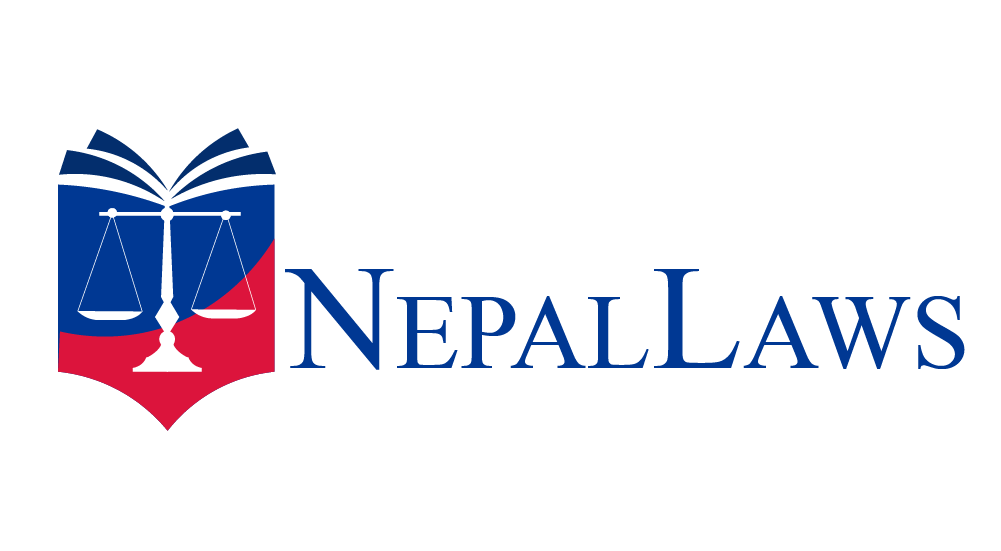Teachers from all over Nepal have gathered around Kathmandu, demanding the passage of the School Education Bill.
The School Education Bill is a government bill that promotes and protects the rights and services of teachers and students.
The teachers’ protest focuses on pay parity, permanent status for temporary teachers, early childhood development (ECD), better conditions for the teaching profession, and more.
The protest started in September 2023 with a six-point agreement, which has been a subject of debate for over 18 months in the Parliament. Having not met their demand, the teachers have returned to the roads of Kathmandu for a second protest from April 2025.
Why Is Teachers’ Protest Happening in Nepal?
Thousands of teachers took to the streets of Kathmandu in September 2023, objecting to the provisions of the School Education Bill. This protest had shut down 29,000 public schools, leaving over five million students stranded without classes.
After over 18 months of intense debate in the Parliament and many amendments from various legal practitioners, the School Education Bill has still not passed.
Due to this, teachers have returned to the streets protesting the provisions of the bill, wanting immediate implementation of the already signed six-point agreement, and additional demands.
Here are the major demands raised by the teachers:
- The School Education Bill stated that the teacher hiring process will be done at the local level of government. Teachers objected to this provision, wanting the federal government to take control of the hiring process instead.
- Teachers are also demanding a fair method of promotion through competitive assessments and exams for both temporary and relief quota teachers.
- Another major demand raised by the Nepal Teachers Federation (NTF) is that all the six-point agreement signed in the previous protest of September 2023 be applied without any further delays.
- Post-retirement plans, right to pension, and social security are other areas of demand in the ongoing protest.
- Due to little to no inclusion of teaching staff in the school management committees in the current context, teachers are demanding official representation in this decision-making committee, hoping to improve education for both teachers and students.
- Finally, teachers want fair representation, respect, and status equivalent to other civil servants.
The preliminary factor for the protests is insufficient service facilities and job security. Besides, they feel the government has failed to ensure their professional dignity and financial security.
What Are the Two Sides of an Argument?
Here is a balanced look at both sides of the ongoing teachers’ protest in Nepal:
Positive Side of the Teachers’ Protest
- Pushes for Policy Reform – This protest may force the government to revise the School Education Bill and fulfil promises like job security, pensions, and professional rights. It will bring long-term improvements in the education system.
- Builds Unity Among Teachers- The protest builds solidarity within the teaching community and creates a strong bond.
- Promotes Democratic Expression- Our constitution supports peaceful protest and shows civic engagement in a democratic society. The current teachers’ protest has been peaceful so far, showcasing the teachers’ commitment towards improving the education bill.
Negative Side of the Teachers’ Protest
- Disruption to Students’ Education- The protest directly harms the students, especially those who are preparing for their grade 12 final examination. Also, this could affect the admission campaign for government schools.
- Public Inconvenience- Due to the protest, many roads are blocked, causing traffic problems, delays, and frustrations for the public.
What is the Government Response?
So far, the government has shown little response to the teachers’ protest and has not taken serious steps to solve their problems. Teachers say they are not protesting simply out of frustration towards the government but are doing it to protect the dignity of their profession and service facilities.
The Nepal Teachers’ Federation has warned that if the government continues to ignore them, they will escalate their protest.
Conclusion
Teachers are protesting to demand job security, better benefits, and the quick passage of the School Education Bill. Despite repeated promises, the government has failed to act, forcing teachers into the streets. As protests grow, the teachers remain firm: they will not stop until their voices are heard and their rights respected.




